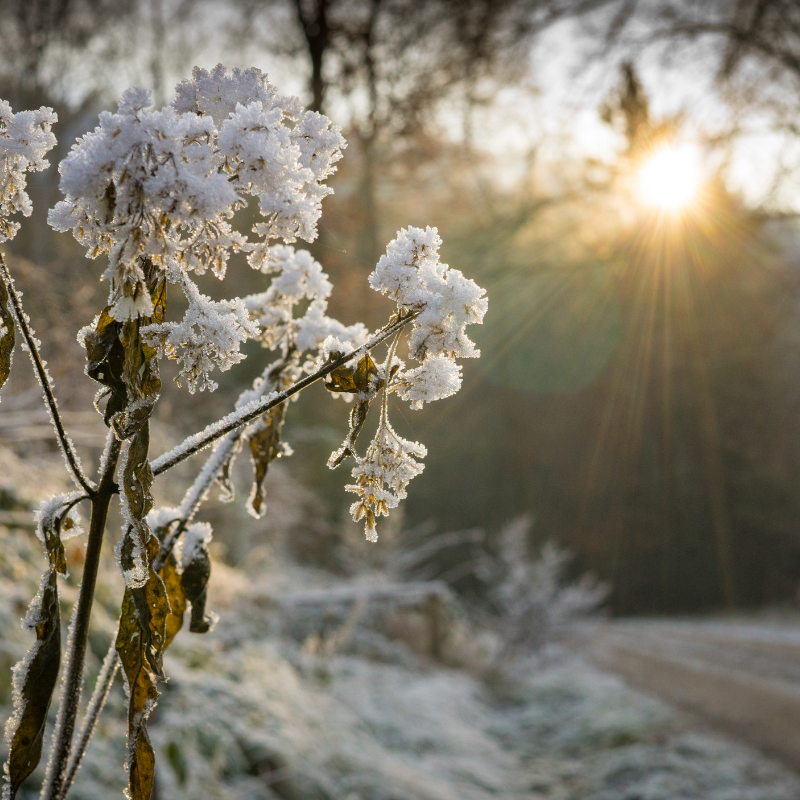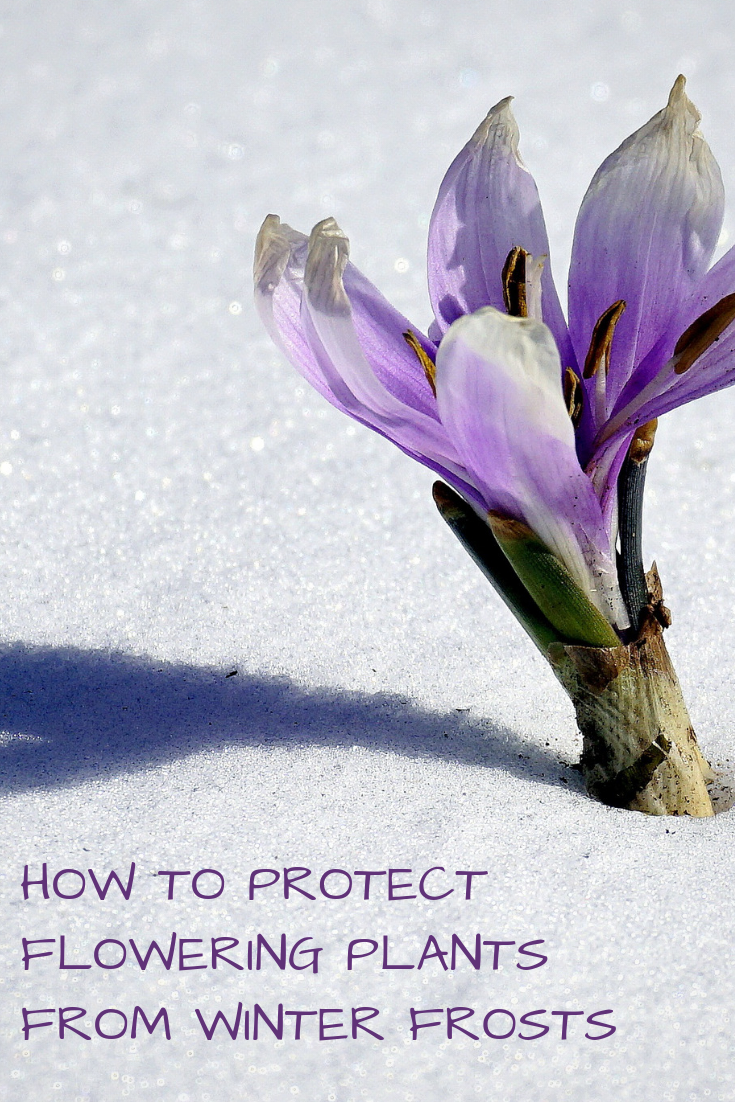Having a large selection of winter flowering plants in your garden provides your garden with a wonderful spray of scent and color in what would otherwise be a cold and bare season. Because of this, many winter flowering plants such as Winter Jasmine, Winter Honeysuckle, Wintersweets and winter flowering Camellias are becoming increasingly popular additions to the winter garden.
While many of these winter flowering plants can survive quite well in milder winter climates, as winter weather becomes more unpredictable, understanding how to protect winter flowering plants in cases of extreme freezing temperatures, frost, strong wind, and heavy rain is very important for the avid gardener.
Early morning frosts can be one of the main causes of damage to winter flowering plants. During the day, your winter flowering plants will absorb enough heat from the sun to keep them warm and healthy. At night, when there is very little cloud cover and temperatures drop to below freezing, this stored heat dissipates quickly and can cause serious frost damage to form on the delicate leaves, roots, and petals of your winter flowering plants.
The Greenhouse
One useful way to protect your winter flowering plants is to place them inside the house or store them in a greenhouse overnight. This is an ideal solution for winter flowering plants grown in outdoor planters.
Growing winter flowering plants in a greenhouse can be very beneficial, especially for more delicate species which originate from warmer climates. Greenhouses are helpful because they provide your plants with sufficient supplies of light and heat, but also help to protect them from winter weather such as frost, heavy rain, freezing temperatures and strong winds.
Mulching
For plants that are firmly rooted outside, another form of protection you can offer to protect your winter flowering plants from frost, is mulching the ground around the plant. This provides your winter flowering plants with an extra layer of ground insulation during the winter months.
Leaving the soil around winter flowering plants bare during periods of frost can expose the roots and bulbs to icy air. By mulching the ground around your winter flowering plants, you not only protect the ground soil from losing too much heat, but also ensure that the dissipating frost does not cause cracks to form in the soil. A layer of mulch between three and six inches is best.
To ensure the mulch does not damage the health of your winter flowering plants, don’t place it too closely to the plant stem. This can cause your plant to develop rot. Also, any mulching used should be treated with a pesticide, as left untreated, mulch can act as a safe haven for pests in the winter.
There are many different types of mulch available to use including: compost, grass cuttings, leaves, hay, shredded paper and wood chips.
The great thing about mulching is that it can also protect your winter flowering plants from damage caused by heavy rain. Heavy rain showers promote the spread of disease organisms in the ground soil. By providing a good thick layer of mulching, less damage is likely to be caused to the plant through the leaves and flowers coming into contact with the ground soil.
Protective Sheeting
If your local area has been given a weather forecast of strong winds this winter, then covering your outdoor winter flowering plants in some type of protective sheeting overnight is often the best form of action.
While special protective sheeting is available to buy at some garden centers, any old blankets or towels which are lying around the house will also provide good protection for your winter flowering plants during wind storms. However, this method should only be used to protect plants from wind, as if the fabric gets wet and freezes, it can cause your winter flowering plants to develop frost damage.
Overall, while there are many hardy winter perennials which can survive the unpredictable weather that winter throws our way, due to the increased cultivation and sale of plants from warmer climates, not all winter flowering plants are as hardy in harsh winter weather. Learning more about the species of winter flowering plants that inhabit our gardens and their care requirements during the winter months should ensure the survival of these more fragile winter flowering plants for generations to come.




